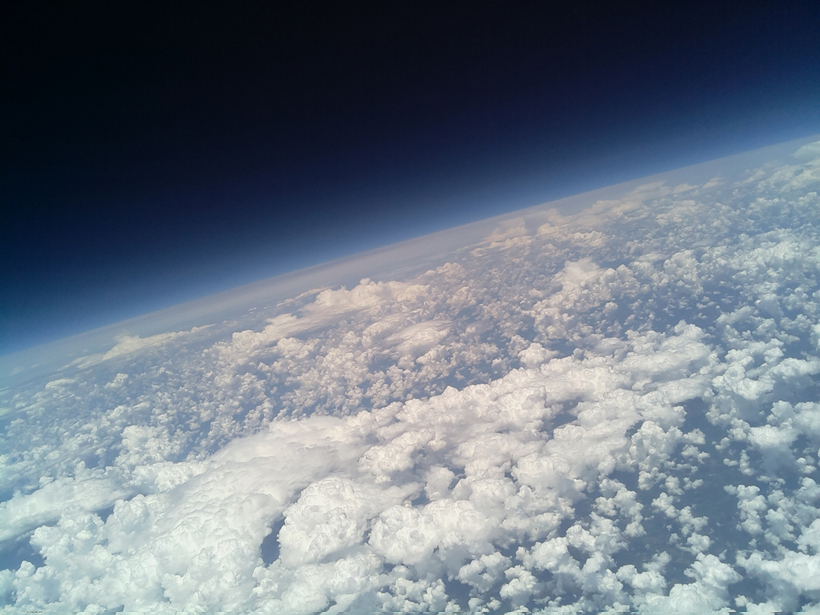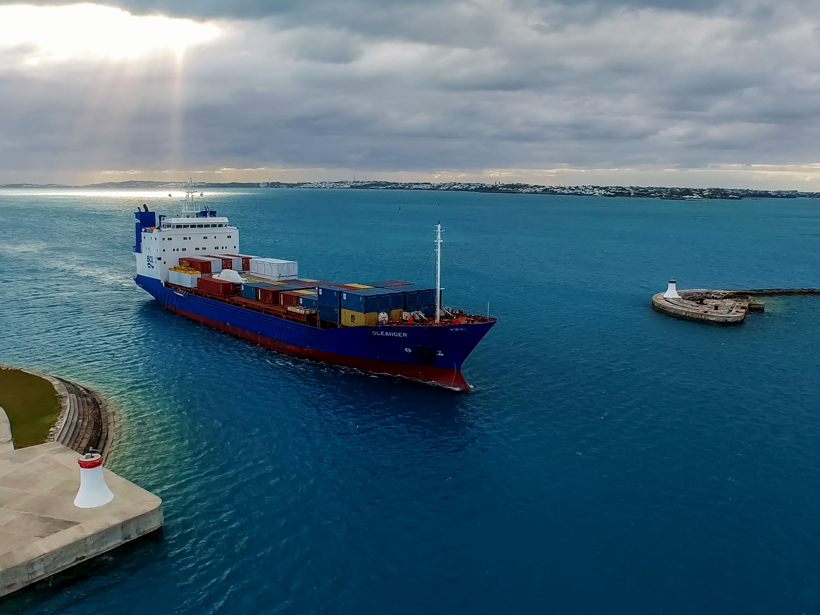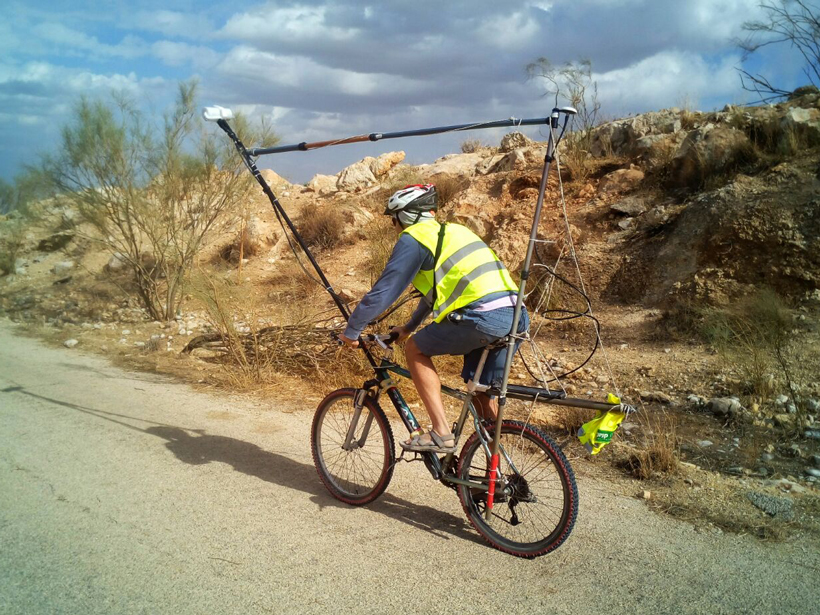Airborne Geoacoustics Workshop; Albuquerque, New Mexico, 3 January 2017
Science Updates
Integrating Research of the Sun-Earth System
International Symposium on Recent Observations and Simulations of the Sun-Earth System III; 11–16 September 2016, Varna, Bulgaria
Optical Sensors Can Shed Light on Particle Dynamics in the Ocean
First TOMCAT Workshop; Southampton, UK, 12–14 September 2016
Understanding Kamchatka’s Extraordinary Volcano Cluster
An international seismological collaboration in Kamchatka, Russia, investigates the driving forces of one of the world’s largest, most active volcano clusters.
Packing Science into a Shipping Vessel
Oleander Workshop II: 25 Years of Operations; Narragansett, Rhode Island, 26–27 October 2016
Predictive Capability for Extreme Space Weather Events
Workshop on Modeling and Prediction of Extreme Space Weather Events; College Park, Maryland, 22–24 August 2016
A Bike Built for Magnetic Mapping
Mounting a magnetic sensor on a bicycle offers an efficient, low-cost method of collecting ground magnetic field data over rough terrain where conventional vehicles dare not venture.
Management Strategies for Sustainable Western Water
U.S. National Science Foundation Workshop: Quenching a Thirsty West; Lake Tahoe, Nevada/California, 29–30 August 2016
A New Data Set to Keep a Sharper Eye on Land-Air Exchanges
FLUXNET2015, the latest update of the longest global record of ecosystem carbon, water, and energy fluxes, features improved data quality, new data products, and more open data sharing policies.
Earth's Wobbly Path Gives Clues to Its Core
Understanding the Earth Core and Nutation; Brussels, Belgium, 19–21 September 2016










